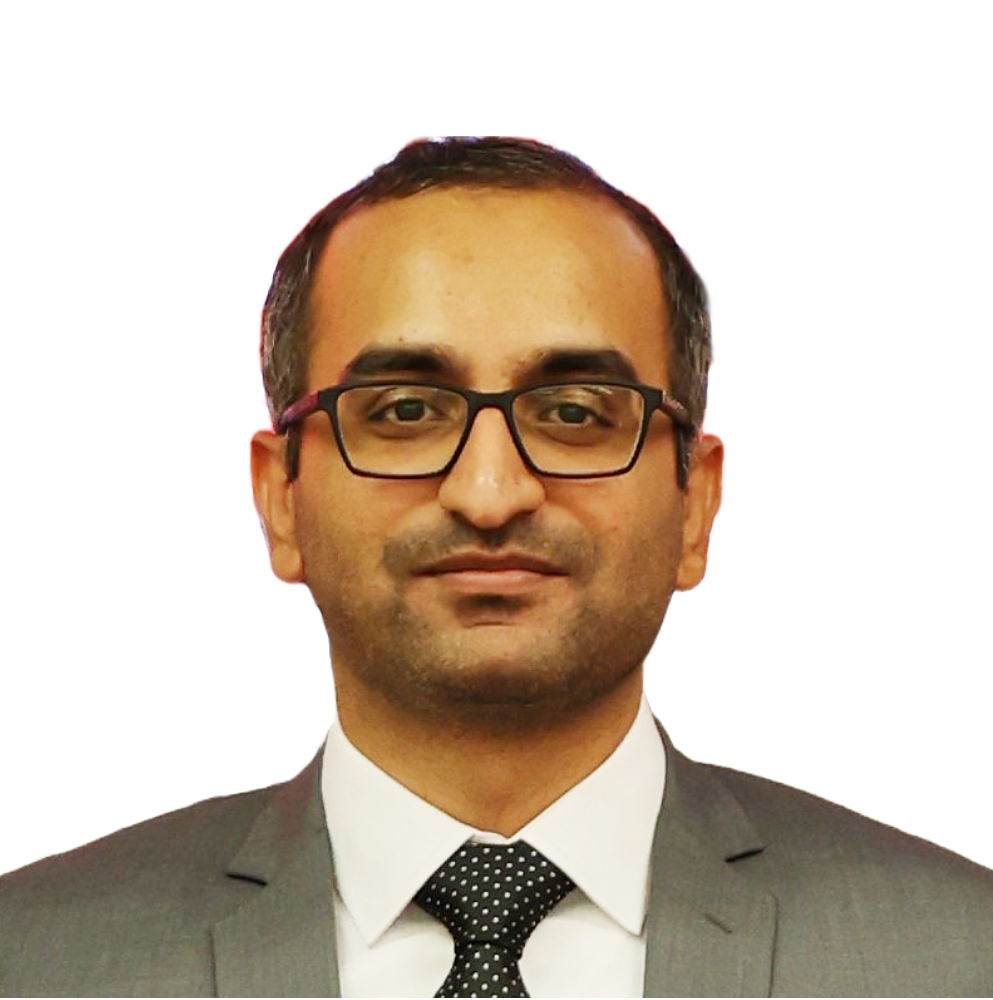About me
I am a Lead Engineer Power Electronics at Eaton Research Labs (ERL), located in Menomonee Falls, WI, USA. I obtained my Ph.D. and Master’s degrees from the Spellman High Voltage Power Electronics Laboratory (SHVPEL) at Stony Brook University in 2022 and 2024, respectively, under the guidance of Prof. Fang Luo. I obtained my B.Sc. degree in Electrical Engineering with Honours from the University of Engineering and Technology, Lahore in Lahore, Pakistan in 2018.
During my Ph.D., I worked as a research intern in Summer 2022 at GE Aerospace Research (formerly GE Research), focusing on Hybrid Electric Propulsion. Prior to pursuing Ph.D., I worked as a Site Engineer with the Pak Matiari - Lahore Transmission Company Private Limited/China Electric Power Equipment and Technology, State Grid Corporation of China (SGCC) on the ±660 kV HVDC transmission line project in Pakistan. Earlier in my career, I served as a Research Analyst with Power Technology Research, where I did market research for developing transformer cost models.
Research Interests
I am interested in modular heterogeneous packaging architectures for Wide Band Gap (WBG) and Ultra Wide Band Gap (UWBG) based power converters as we advance toward “Power Electronics 3.0” in the late 2020s. This area encompasses a complex design landscape that covers electrical, mechanical, thermal, and embedded system aspects. My primary focus is on the electrical and embedded system elements.
For the electrical aspect, I am interested in the mitigation of exacerbated side effects due to the fast switching (dv/dt and di/dt), such as Partial Discharge (PD), Electromagnetic Interference (EMI), and high-frequency interactions. I am particularly interested in modeling these phenomena and identifying active and passive mitigation techniques with mechanical and thermal constraints to achieve high power density. For instance, recent EMI emission standards have extended the compliance range for conducted EMI to 150 MHz. Lumped circuit modeling becomes inadequate at these higher frequencies, making distributed modeling necessary. However, distributed modeling has significant computational costs and overlaps with radio frequency (RF) engineering. Thus, it raises the question of how to bridge and extend RF engineering principles within the context of power electronics to guide PCB layout optimization and component arrangement. Likewise, what standardized criteria should be established for selecting insulation materials subjected to high-frequency PWM voltages with high dv/dt, specifically for mitigating PD in MV applications?
In the realm of embedded systems, I am focused on non-invasive health monitoring of power converters. As switching frequencies increase and enter the “MHz” territory, the pool of available voltage and current sensing technologies is expensive and limited, rendering purely physics-based health prognostics and diagnostics impractical. Consequently, I am interested in developing hybrid approaches combining physics-based modeling with data-driven techniques, such as multi-time-scale Digital Twin.
